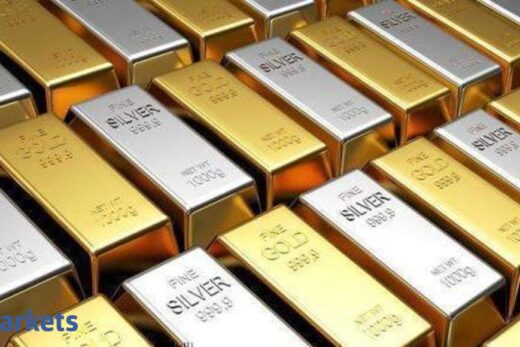Spot gold rose 0.2% to $1,850.16 per ounce by 0715 GMT, while U.S. gold futures eased 0.2% to $1,848.60.
“The stimulus is going to be bullish for asset markets and with the Fed chair quashing any prospects of raising interest rates or dialling down bond buying anytime soon, gold is supported,” said Jeffrey Halley, a senior market analyst at OANDA.
But the price action in gold has consolidated and it is not showing any signs of trying to break out to the upside, Halley said. U.S. President-elect Joe Biden unveiled a $1.9 trillion stimulus package proposal on Thursday to jump-start the economy and accelerate coronavirus vaccinations.
Federal Reserve Chairman Jerome Powell on Thursday said there is no reason to alter the central bank’s highly accommodative stance with the U.S. economy still far from its inflation and employment goals.
Easy monetary policy adds pressure on government bond yields and benefits non-yielding gold.
“Gold’s upside looks constrained amid rising yield and buoyant risky assets. However, a weaker U.S. dollar, stimulus expectations and depressed real interest rates should remain supportive,” ANZ analysts said in a note.
Benchmark 10-year Treasury yields eased after touching a 10-month high earlier in the week.
“Short-term headwinds aside … if inflation expectations start to increase meaningfully and fast, gold will again become attractive. We expect gold prices to break above $2,000 again,” said Harshal Barot, a senior research consultant for South Asia at Metals Focus.
Silver fell 0.8% to $25.34 an ounce.
Platinum fell 1.9% to $1,097.50, but was up more than 3% so far this week, while palladium shed 0.7% to $2,392.



